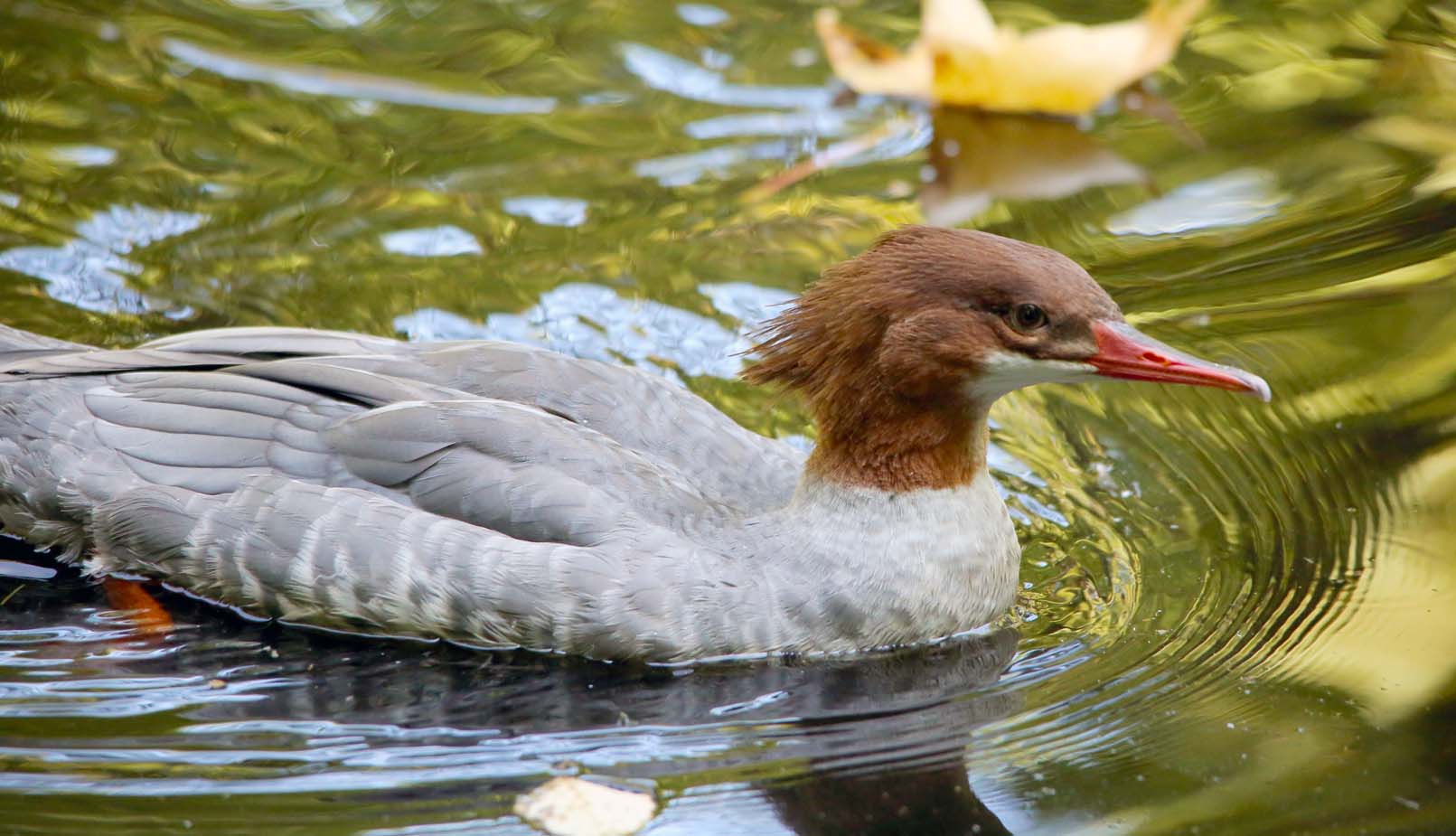Common Merganser

The Common Merganser (Mergus merganser) is a large species of diving duck found in North America, Europe, and parts of Asia. Here’s a description of its distribution:
- North America: Common Mergansers are widespread across North America, breeding in northern and western regions during the summer and migrating southward to more temperate areas during the winter. They can be found in Canada and the United States, particularly in regions with abundant freshwater lakes, rivers, and coastal areas. Common breeding grounds include Alaska, northern Canada, the Great Lakes region, and parts of the Pacific Northwest.
- Europe: In Europe, Common Mergansers are found primarily in northern and eastern regions, including Scandinavia, Russia, and parts of central and eastern Europe. They breed in boreal forests and wetland areas, often near lakes, rivers, and marshes.
- Asia: Common Mergansers also inhabit parts of Asia, including Siberia, Mongolia, China, and Japan. They breed in similar habitats to those found in Europe and North America, such as boreal forests, wetlands, and freshwater lakes.
Common Mergansers prefer habitats with clear, fast-flowing water, where they feed primarily on fish, crustaceans, and aquatic insects. They are expert divers and swimmers, using their long, slender bills to catch prey underwater.
During the breeding season, Common Mergansers nest in tree cavities or nest boxes, often in forests near water bodies. They are known for their striking appearance, with males sporting a dark green head, white body, and black back, while females have a reddish-brown head and gray body.
Despite being relatively widespread, Common Mergansers face threats from habitat loss, pollution, and human disturbance. Conservation efforts, including habitat protection and management, are important for ensuring the continued survival of this species across its range.

